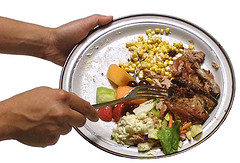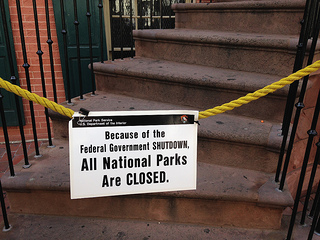Studies of Waste in the Food Supply Chain Raises Questions About Packaging

According to recent studies conducted in the United Kingdom, Australia, and other areas, foods that are wasted the most between the grower and the end consumer are those that are typically sold as non-packaged foods. This raises the question of whether or not food suppliers and retailers might help prevent much of this waste by rethinking how to package these loose foods.
In the United States, it is estimated that about 40 percent of the foods produced end up in landfills uneaten. Since getting these foods grown, transported, and to the consumer takes up about 10 percent of the nation’s total energy budget, lowering this waste could also help lower overall energy consumption and waste in the U.S.
According to the most recent report, deli chicken accounts for the most waste, at 4,200 tonnes (about 4,630 tons) per year. Deli chicken was followed by bananas (3,858 tons), breads (2,645 tons), and then other fruits and vegetables sold loose, such as mushrooms, strawberries, and grapes.
After other deli meats like ham and turkey, fresh fruits and vegetables, including cherries and raspberries, were wasted the most. Food suppliers are looking into the possibility of investing in packaging to help reduce this waste. Possible packaging ideas include primary packaging, secondary packaging, and third tier packaging.
According to the National Development and Reform Commission, Americans toss out $165 billion worth of food every year. If suppliers could find a way to reduce this food waste by just 15 percent, it would be enough food to put on the tables of 25 million Americans who go hungry each year. About one out of every six Americans struggles with having enough to eat.
Other reasons for food waste, aside from the lack of packaging, include poor management of food inventories in distribution centers, overstocking of supplies on retail shelves, and damaging foods during transport.





